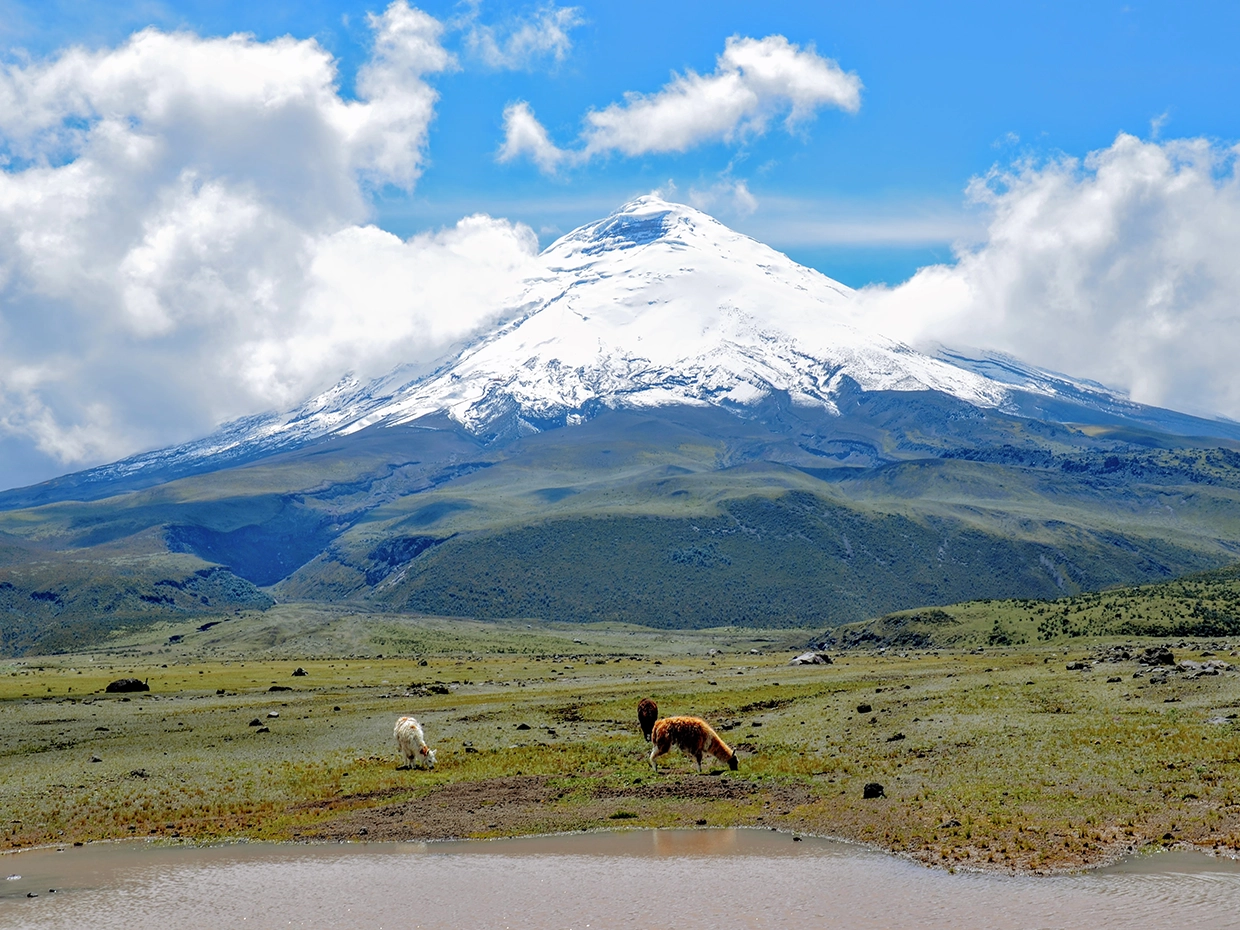Cotopaxi is the national park that houses the imposing volcano of the same name, which at 5,897 meters high is one of the most visited and climbed mountains in Ecuador.
The avenue of volcanoes
That was the name given to this area by the German naturalist Alexander von Humboldt in 1802. The imposing Cotopaxi, one of the highest active volcanoes in the world, dominates the entire landscape of the protected area, which also includes two other smaller ones, the Morurco (4,880 m), next to Cotopaxi, and the Rumiñahui (4,722 m), also very close.
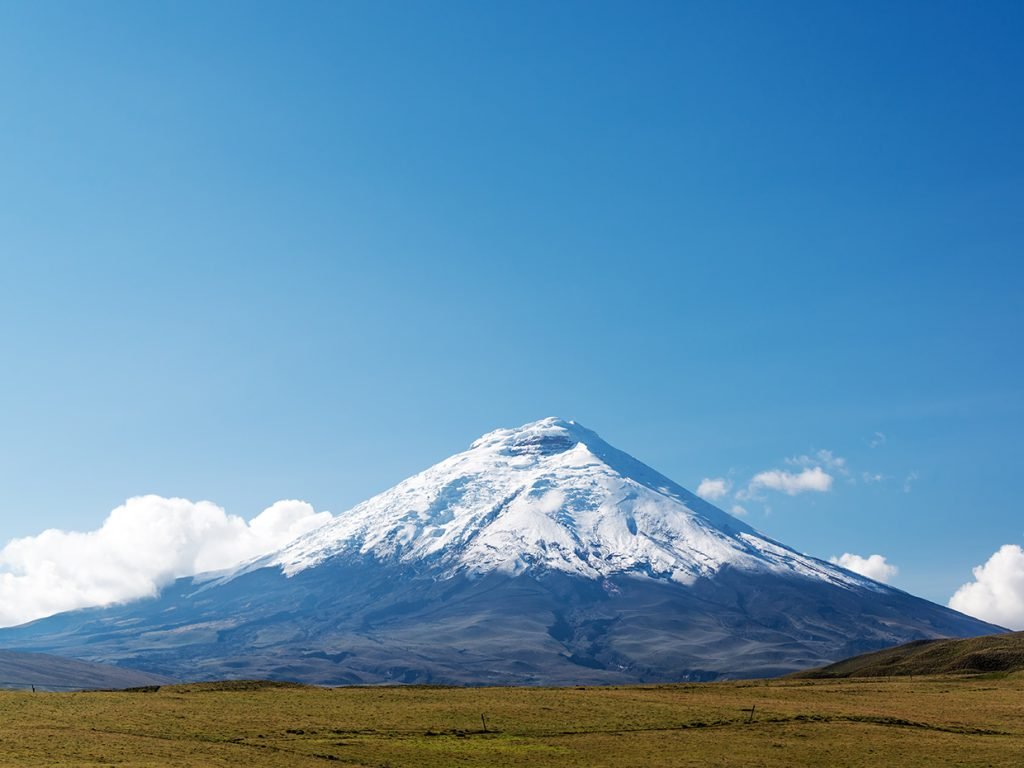
Natural environmental
The predominant ecosystem in the park is the moor, with its special flora and fauna, so the main vegetation is grassland and small tall shrubs. Among the mammals that live in Cotopaxi are South American camelids such as the llama, as well as herds of wild horses in the northern and eastern sectors of Cotopaxi.
There are also white-tailed deer (photo), Andean fox (photo), spectacled bear, puma, wild rabbits, the moor wolf, the cervicabra, the skunk, the opossum or fox, the mole mouse, and the Andean weasel. The most important birds are the hawk, falcon, duck, owl, owl, caracara, condor, Andean toucan and hummingbirds.
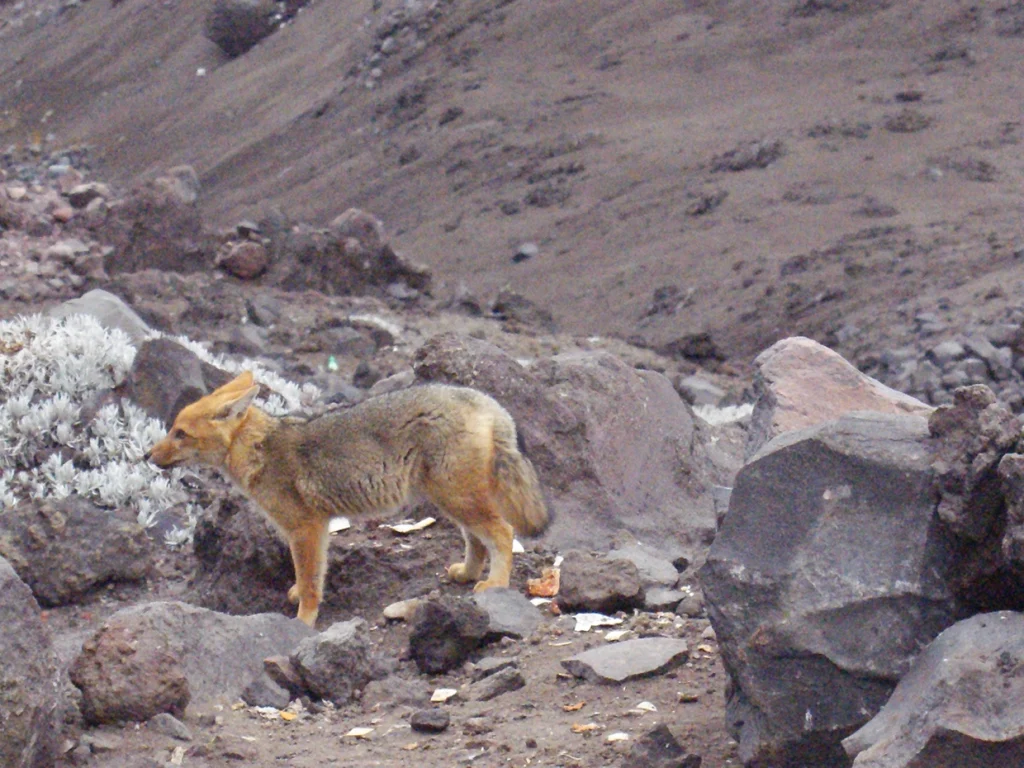

There are extensive straw moors (Jarava ichu), the predominant grass in the region. As you ascend, representative plants appear such as chuquiragua, alchemila, colonies of pillow-shaped plants, mosses, lichens, romelios, quishuar or god tree, and mortiño. In the perpetual snow there is no vegetation.

El Boliche station
El Boliche is known for its pine and cypress plantation, which covers 200 hectares and has almost completely replaced the paramo. The first trees were planted in 1928 on what was the Romerillos hacienda, with the idea of recovering the eroded soils and “foresting” the moor. Today it is well known that these plantations affect the soils and biodiversity of this ecosystem, and that the moor does not need to be filled with trees.
Next to this area is the “El Boliche” Station of the Ecuadorian Railway Company and, thanks to this, hundreds of visitors come every weekend to explore the attractions offered by this protected area.

Mariscal Sucre Interpretation Center
It is a small museum where there is information about the National Park, such as its fauna, flora, soil effects due to volcanic lava residues and many more concepts. It has a souvenir shop and cafeteria.
José Ribas Refuge
This refuge is the starting point for those who wish to climb the Cotopaxi volcano. It is located at an altitude of 4,800 meters above sea level and offers basic accommodation for visitors. It is also the arrival point for excursions through the Limpiopungo valley.
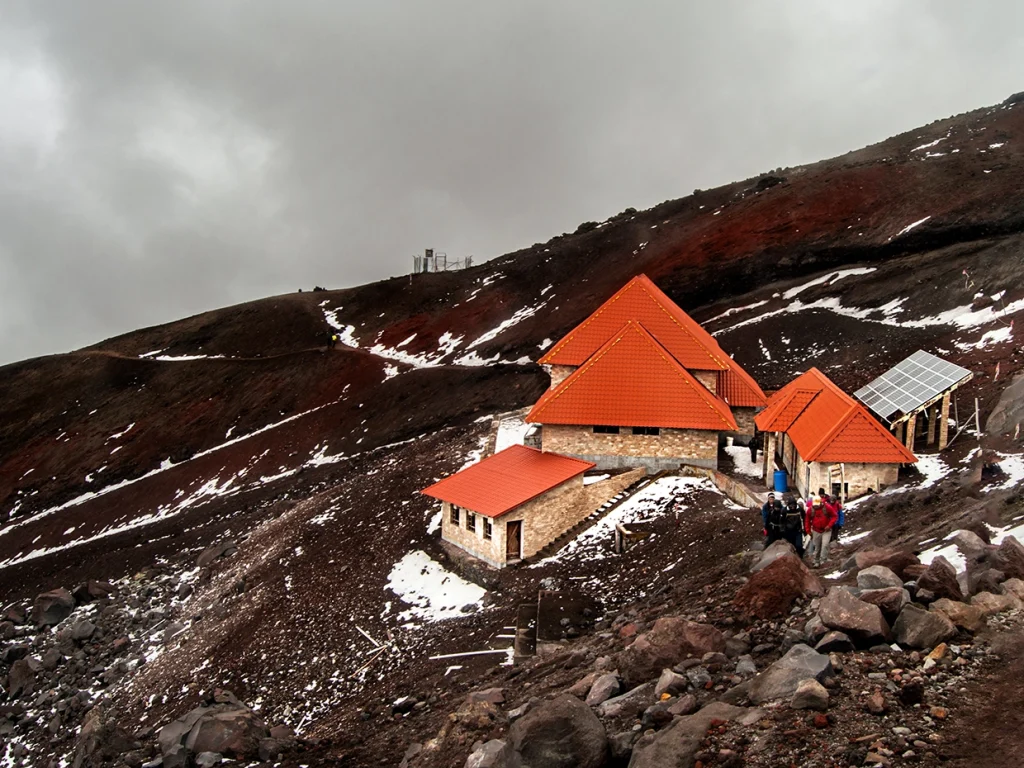
Limpiopungo Lagoon
It is located in the park and is an ideal place if you want to go on walks observing migratory birds and animals such as the Andean fox and the paramo rabbit.
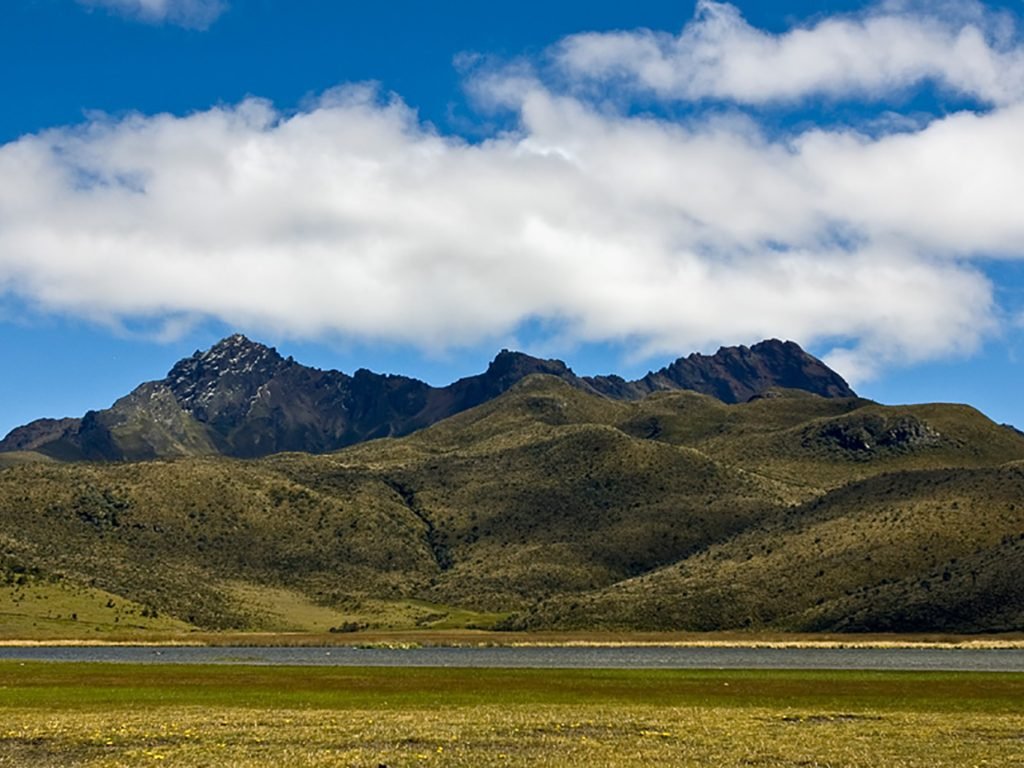
Hacienda La Ciénega
This beautiful colonial hacienda is located near the Cotopaxi volcano and offers traditional Ecuadorian accommodation and food. It is also a great place for hiking and horseback riding.
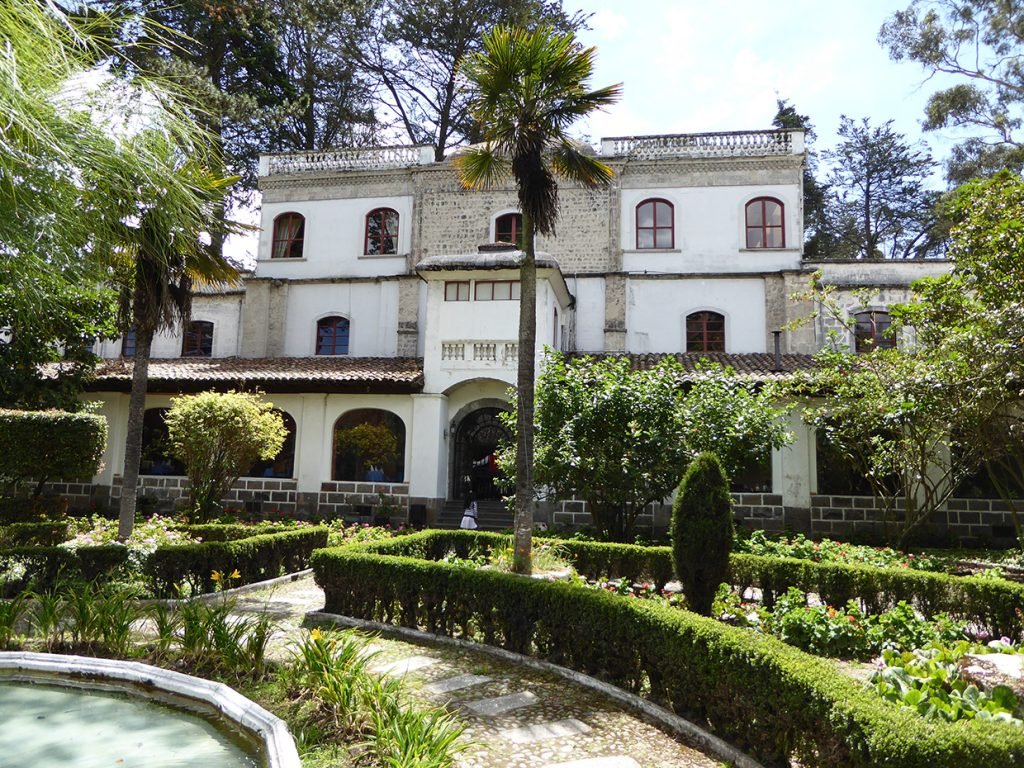
Nearby towns
In the vicinity of the Cotopaxi volcano there are several picturesque towns, such as Machachi (photo), Lasso, Saquisilí and Pujilí, where you can learn more about the culture and daily life of the region.
Machachi
It is nestled between several Andean volcanoes: Cotopaxi, Sincholagua, Rumiñahui, Illinizas, Pasochoa, and more. It is located at an altitude of around 2,950 m, with a cool climate similar to Quito’s (between 10°C and 20°C most of the year). Nearby is the El Boliche recreation area (near Latacunga), with hiking trails such as Romerillo (2 hours) and Quishuar (45 minutes), excellent for camping, and just 14 km from the Cotopax National Park.

Saquisilí
Visiting it is like immersing yourself in Kichwa culture. It’s famous for its local Thursday market featuring agricultural products, crafts, and livestock.
This indigenous market is located on the outskirts of the national park and is a popular place to buy local crafts and products. The famous Saquisilí fair is held every Thursday, where products are distributed in eight well-defined spaces (8 places) for marketing. This occurs in the cantonal capital: Saquisilí, a name that means “Saqui”: leave; “Sili”: here: “leave here.”
Here you can find clothing, jewelry, ceramics and other products handmade by the inhabitants of the region.
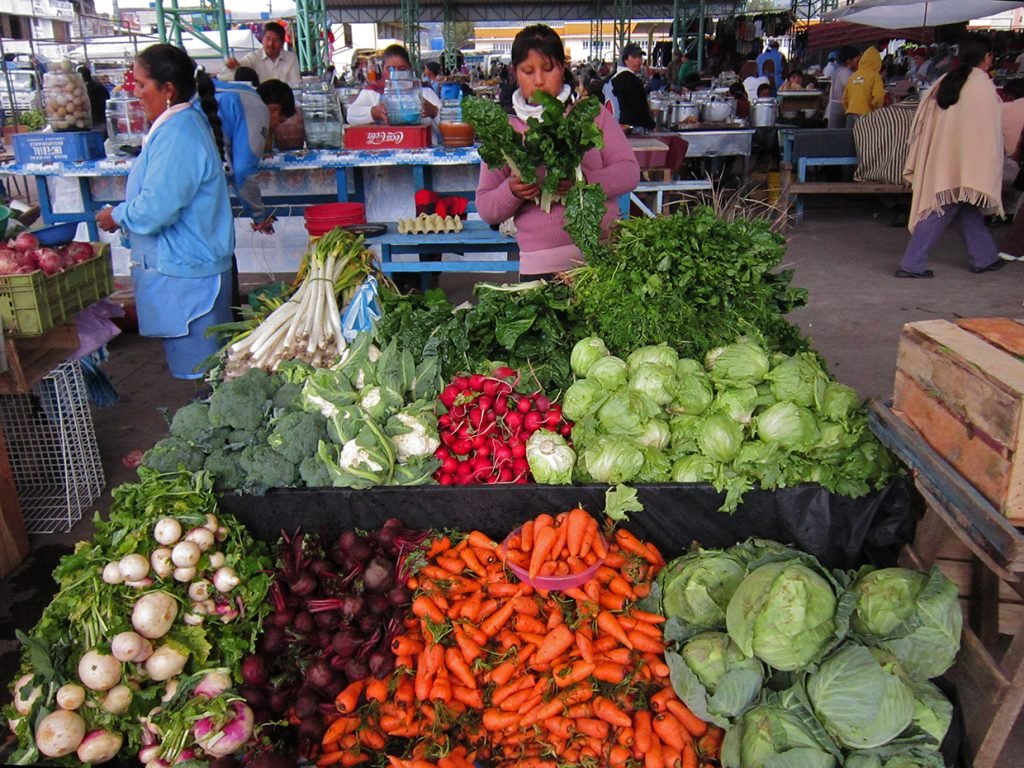
Pujilí
The town is a combination of culture, history, crafts, nature, and vibrant festivities. If you visit, you can see its majestic Baroque Cathedral of San Buenaventura, built of pumice stone in the 17th century, with two twin towers and a richly decorated interior. Its bell tower offers panoramic views of the center and its atrium with its andesite staircase.
Also of interest are the Municipal Palace: a colonial building with a tower and clock, surrounded by marble fountains in the gardens of the central park; and the “El Rosal” Artisan Center: an old restored mansion that exhibits traditional dancers’ attire, ceramics, textiles, and handicrafts.
If you’re interested in being in touch with nature, the Los Ilinizas Ecological Reserve is ideal for trekking, birdwatching, and immersing yourself in Andean ecosystems, which include forests and moorlands.
FAQs

How to get to Cotopaxi?
BY BUS: From Quito, depart from the Quitumbe land terminal towards the Cotopaxi National Park, whose entrance is on the Panamericana (E – 35). Takes 1h 30 minutes.
BY ROUTE: From Machachi, travel 15 kilometers until you reach the market of the Romerillos community, known as “NASA market”, in front of which is the entrance to the Boliche. After 2.5 kilometers of paved road and 1 more kilometer of gravel road, you arrive at the entry checkpoint.
BY RAIL: Departing from Chimbacalle Station (Quito) and ending at El Boliche station. This train leaves at 8:15 am from Thursday to Sunday and holidays.

The Cotopaxi National Park offers majestic landscapes, diversity of natural environments, ancestral towns, native fauna and typical gastronomy. Everything you need for you to enjoy authentic experiences.


